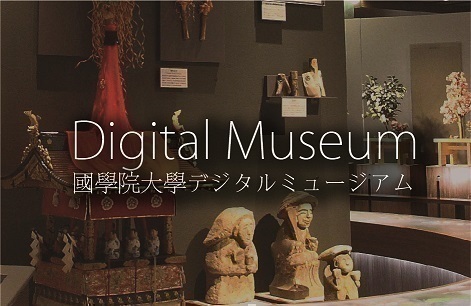- トップ
- Encyclopedia of Shinto
- Shinsei Tengan Manaita no Kai
Encyclopedia of Shinto
| Main Menu: | |
| Links: |
詳細表示 (Complete Article)
| カテゴリー1: | 8. Schools, Groups, and Personalities |
|---|---|
| カテゴリー2: | Modern Sectarian Groups |
| Title | Shinsei Tengan Manaita no Kai |
| Text | An Ōmoto-lineage new religion founded by Kurata Chikyū (1906-91). Kurata went to China on military service and operated there for the Special Service Agency (Tokumu Kikan, a secret branch of the military). Through the relationships he developed there in the context of Sino-Japanese relations, he became especially convinced of the greatness of Ōmoto's leader Deguchi Onisaburō. In 1930, while still in China, he became a member of Ōmoto. In Kyoto following the war, he had a dream experience in which his cheeks were slapped by Deguchi Onisaburō, and for the following six months he received dream instructions from Onisaburō relating to the "study of word spirit power" (kotodamagaku; see kotodama) characteristic of Onisaburō's work Reikai Monogatari ("Tales of the Spirit World"). On January 2, 1950, after a dream in which he received a revelation from Onisaburō, Kurata established the Shinsei Tengan Manaita no Kai as a research society dedicated to studying the "spirit power of words" (kotodama). It is reported that he was granted a special shintai (special object of worship) by Ōmoto's second leader Deguchi Sumi. Kurata served Ōmoto for thirty-five years in various offices as head of its regional organization, branch head, and as administrative head, and carried out his independent activities alongside his work within the Ōmoto organization. He eventually came to feel strongly, however, that Ōmoto's current state had moved far from its original ideals, and he thus moved toward independence in order to realize what he felt was the true spirit of Ōmoto. The group he led became independent as a legal religious corporation on October 11, 1985. It emphasizes the revival of the study of the "spirit power of words" (kotodama) as a core element of all culture. The movement's main object of worship (shusaijin) is Ōkunitokotachi no ōkami, referred to within the group as Miroku Tōitsu no ōkami, and it strives to make the voice of the kami known, toward the goal of realizing an eternal world peace that transcends all races, classes, and religions. It has numerous subsidiary and affiliated organizations, such as the Kotodama Kenkō Hodō Kyōkai (Spirit of Word Health-Guidance Society"), the Tōyō Igaku Kenkyūjo (Institute for East Asian medicine), the Ōmoto Kotodama Kenshūkai (Ōmoto Society for the Study of the Spirit Power of Word), the Nihon Kotodama Fukyūkai (Japanese Society for the Promotion of the Spirit Power of Word), and the Sekai Dōjin Kōmankai (World Red Swastika Society). Its texts include the Shinsei tengan shinrei shinji, which focuses on the concept of the spirit of word and goes on to discuss numerology and the significance of the "ten stems" and "twelve branches" of the Chinese almanac. Headquarters: Kyoto Prefecture Nominal membership: approximately 750 (S) —Tsushiro Hirofumi |




